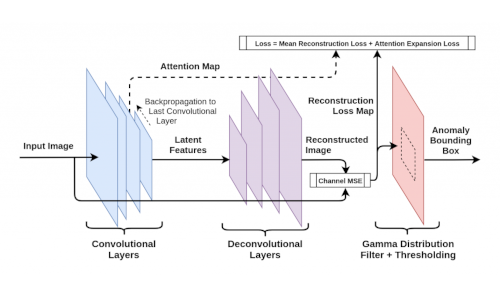Page Not Found
Page not found. Your pixels are in another canvas.
A list of all the posts and pages found on the site. For you robots out there is an XML version available for digesting as well.
Page not found. Your pixels are in another canvas.
About me
This is a page not in th emain menu
Published:
This is Part II of my blog post series giving an introduction to the basic principles of quantum mechanics. In this post, we will cover the importance of linearity in quantum mechanics and develop some intuition regarding the relationship between linear operators (which act on functions) and matrices (which act on vectors).
Published:
Depending on the degree of experience you have with physics, you may or may not have encountered a few concepts from quantum mechanics in your college physics or chemistry class. Often, the way that quantum mechanics is first introduced to students is through some of the key experiments in which we observe some aspect of so-called “quantum weirdness”. Somehow, when we take a peek at the world of very tiny things, we tend to observe phenomena that we would never expect to see on the scale at which we experience the everyday world. In this multiple-part blog post, I will give a survey of the basic principles of quantum mechanics and show how it has changed our perspective on the macroscopic world.
Published:
In this post, we will pick up from where we left off in Part 2 of this blog post and finish the proof that the Domino problem (introduced in Part 1) is undecidable:
Published:
In this post, we will pick up from where we left off in Part 1. So far, we have introduced Turing Machines (TMs) and Universal Turing Machines (UTMs). Now let’s see how they help us in proving the undecidability of the domino problem we encountered earlier.
Published:
In mathematics, it is often assumed that every well-posed yes or no question about some object or property has a definite answer. Despite this assumption, there still exist many important questions in mathematics that have failed to admit some kind of answer. Among these are some of the most challenging unsolved problems faced by modern mathematicians, such as the Riemann Hypothesis and the P vs. NP Problem. However, there are some questions we can pose in mathematics that we can actually prove are “unprovable”, meaning we can show with absolute certainty that no method for determining a yes or no answer exists. In the field of computer science, these are referred to as undecidable problems. In this two-part (or possibly three-part) blog post, we will be doing a deep dive into the world of undecidability and introduce some important concepts from mathematics and computer science along the way.
Published:
Welcome to my blog! Here I will do my best to give occasional expositions on topics that I find interesting, profound, or meaningful. I’m not sure what kind of trajectory this blog will take, but my goal is that these posts will each serve as self-contained tutorials that provide a deep-dive into a technical topic that I find to be either relevant to my area of research or interesting in its own right. In these posts, I will do my best to make the content accessible to readers with a technical background, while not providing redundant information that would otherwise be a Google search away.
Baylor University, Summer 2023
Argonne National Lab, Summer 2021
Published in 2023 IEEE International Conference on Quantum Computing and Engineering (QCE), 2023
In this paper, we present ongoing work in the autonomous discovery of conventional, unconventional, and exotic superconductors with deep learning methods. Using experimental data from over 36,000 superconducting materials, we demonstrate that graph neural network models trained on raw crystalline structure can be used to discover superconductors with desirable properties such as high $T_c$
Download here
Published in Advanced Quantum Technologies, 2024
This paper introduces a new method for simulating open quantum systems on NISQ (noisy intermediate-scale quantum) devices using a time-perturbative Kraus operator series, which enables simulation with circuits of time-independent depth. This approach offers a potential alternative to Trotterization, addressing its poor scaling with simulation time and system size. This proposed method improves the efficiency of quantum simulations for certain types of systems on near-term hardware.
Download here
Published in Advanced Quantum Technologies, 2025
This paper demonstrates an efficient framework for simulating open quantum systems on NISQ hardware using a Kraus operator-based approach, avoiding the computational overhead of Trotterization. The method is applied to simulate quantum channels, including the continuous-time Pauli channel and damped harmonic oscillators, on trapped-ion quantum devices such as IonQ Harmony and Quantinuum H1-1. The results, enhanced by tailored error mitigation techniques, show strong agreement with exact solutions, highlighting the feasibility of accurate and scalable quantum simulations on current hardware.
Download here
Published:
This is a description of your talk, which is a markdown files that can be all markdown-ified like any other post. Yay markdown!
Published:
This is a description of your conference proceedings talk, note the different field in type. You can put anything in this field.
Undergraduate course, University 1, Department, 2014
This is a description of a teaching experience. You can use markdown like any other post.
Workshop, University 1, Department, 2015
This is a description of a teaching experience. You can use markdown like any other post.